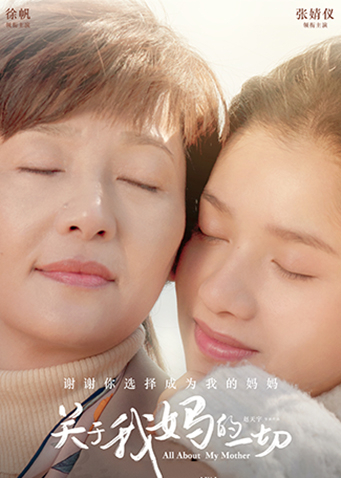 陈升
陈升
发表于5分钟前回复 :The history of Danish country church architecture is told by showing scenes of how the church was used by the congregation, beginning with the celebration of mass in a small and simple wooden church 800 years ago, and ending with the congregation singing in a village church of to-day. The development and the growth of the pattern of church architecture is shown.Dreyer in this film shows a series of churches from different periods with churchgoers in period clothing. Each period is separated by a shot of a church bell double-exposed on the sky. Although the film has a vibrant and instructive way of communicating the different epochs and styles to students, it does not exhibit the artistic quality that usually distinguishes a Dreyer film, except perhaps in some of the costumes, which were originally made for Day of Wrath.The board of Dansk Kulturfilm in autumn 1945 decided that their planned church film would exclusively be about village churches. Dreyer would rework the script that was written by editor and folk high-school principal Bernhard Jensen, aided by a committee of experts consisting of architect H. Lønborg-Jensen and Victor Hermansen, curator at the National Museum of Denmark. Dreyer had a first draft ready in mid-March, entitled Kirken er et gammelt Hus ("The Church Is an Old House"), which was distributed to the members of the committee for their comments.In the last half of July, Dreyer and Victor Hermansen travelled the country to look at suitable churches. They researched the details and at Dreyer’s request a number of technical changes were made to the churches, including the removal of porcelain holders for electrical wiring in Tveje Merløse Church.On 4 July, Dreyer went in advance to Ringkøbing. Shooting was set to start a few days later with the arrival of the director of photography, Preben Frank, who had fallen off a ladder and broken his leg, Fortunately, he was ready to cautiously start working again within a few days, with his leg in a cast.Otherwise, the production went without a glitch. Everywhere, Dreyer said, they were well received at the vicarages and they had no problem getting enough extras. On 1 august, they returned to Copenhagen with almost all their footage in the can. They only needed to film the church in Skelby, where the weather had been against them, plus a Swedish wooden church in Hedared. The economy was distressed so soon after the war, especially when it came to foreign currency, but there were no real wooden churches left in Denmark and building an interior set in the studio would be too expensive.The finished film was shown for the first time on 24 September 1947 to a small, closed circle, which included the Minister for Ecclesiastical Affairs. In December 1947, as was Dansk Kulturfilm’s standard practice, the film was presented to the press, politicians and others on a programme with four other short films.
 孙培恩
孙培恩
发表于3分钟前回复 :位于北海道的增毛町,是一个毗邻大海的小镇。倔强的老人中田忠男(仲代达矢 饰)气愤而蹒跚地离开这里,他的外孙女小春(徳永えり 饰)则愧疚而焦急地紧随其后。一切始于小春一句赌气的话语,刚刚失去工作的小春希望前往东京谋生,同时她也不愿再照顾倔强的外公,于是任性地说出“不愿再像妓女一样围着你转”的话。忠男夺门而出,希望在亲戚那里找到余生的依靠。祖孙俩先后拜访了与之一向不和的哥哥重男(大泷秀治 饰)、弟弟行男的内缘妻子清水(田中裕子 饰)、独立经营旅馆的姐姐茂子、混迹房地产业的弟弟道男(柄本明 饰)以及小春的父亲直一(香川照之 饰)。经济萧条的背景下,家家各有一本难念的经。在这一过程中,祖孙的心也进一步地拉近……



